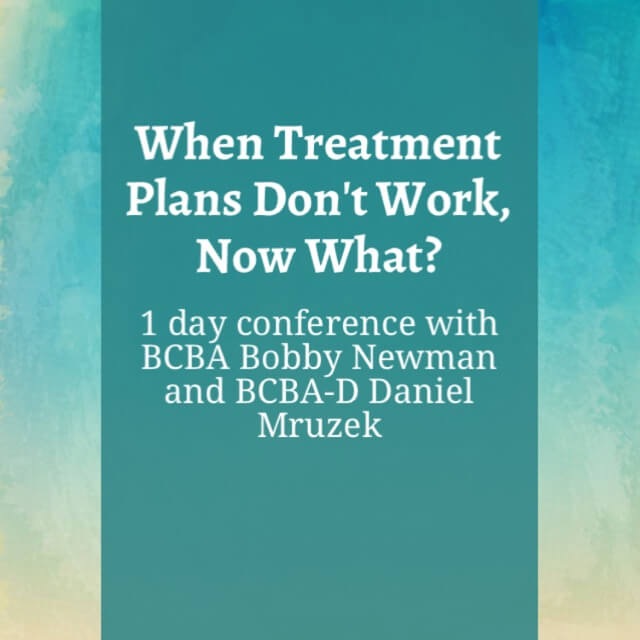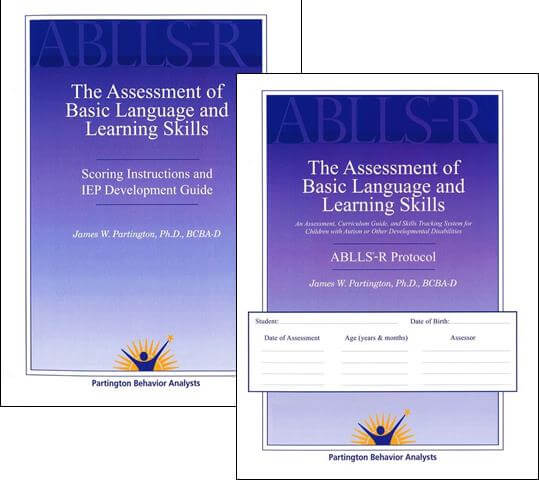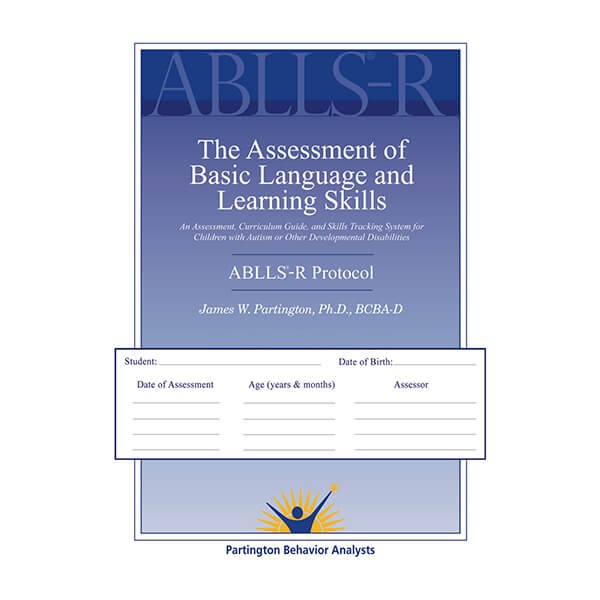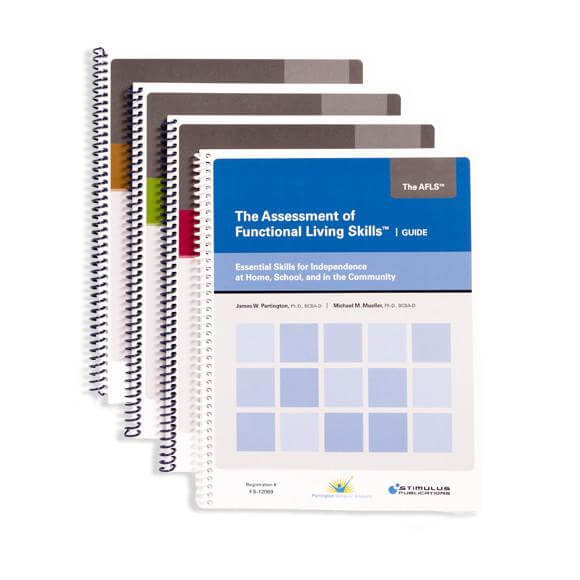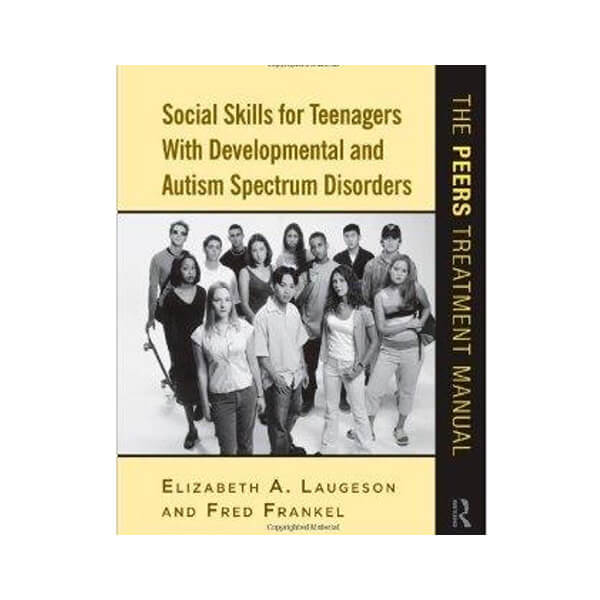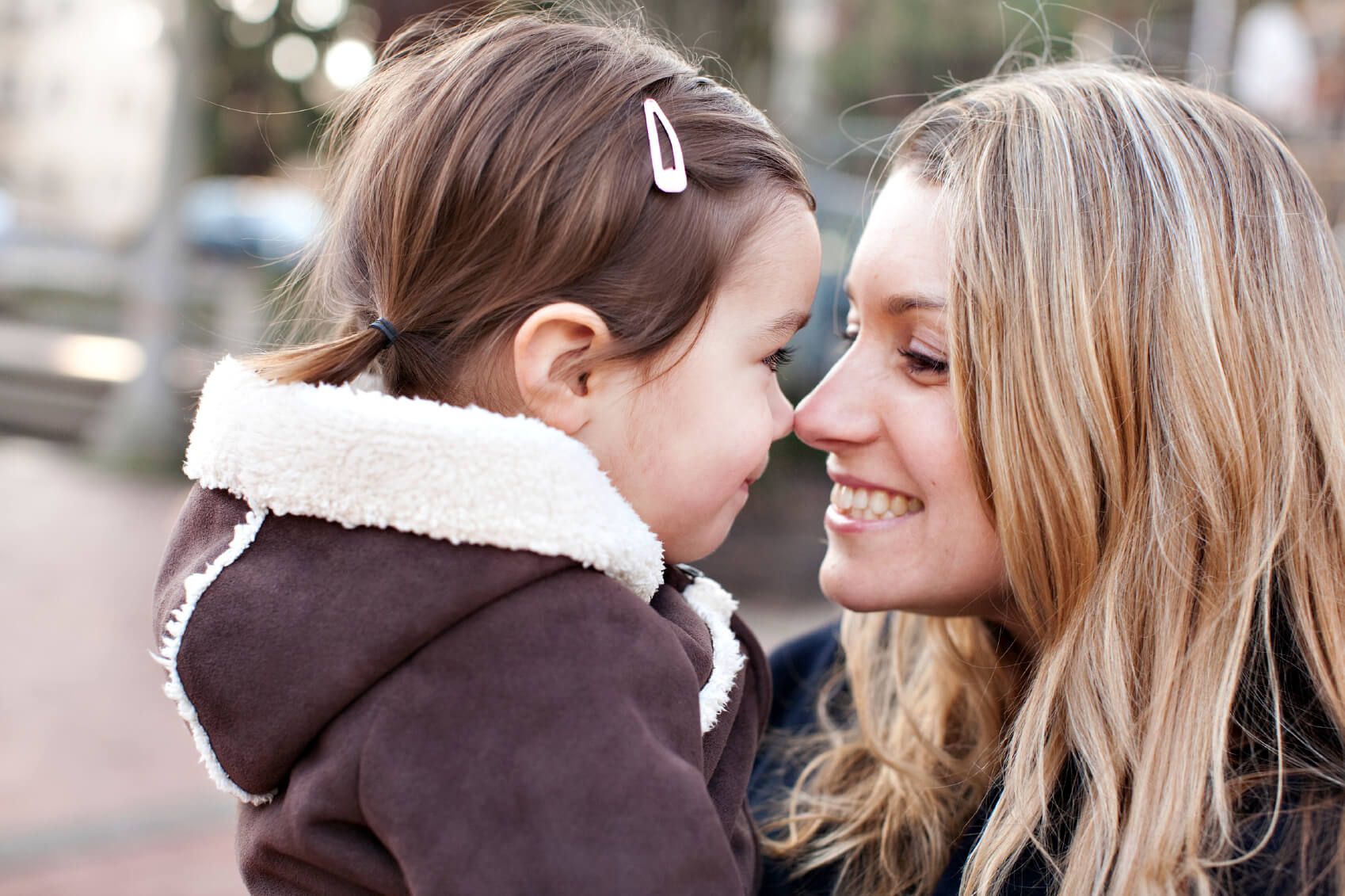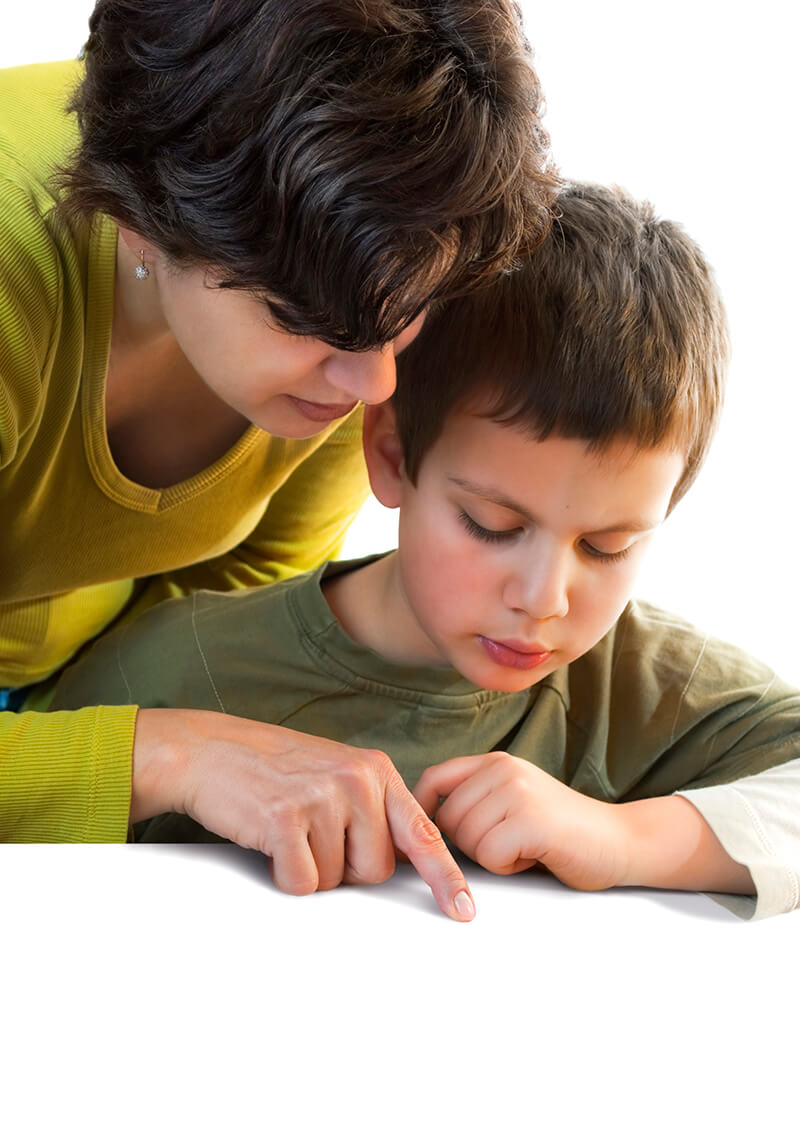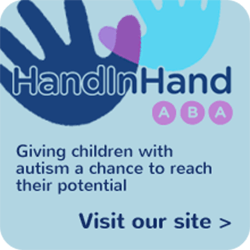
The holiday season is here, the children are home so a perfect opportunity to venture out.
Well, it should be, but if you are raising a child with autism, it can actually be stressful and exhausting at times. The thought of going out for the day can seem like more trouble than it’s worth.
However, I don’t personally think it’s healthy to be house bound and it is important to buck the trend, challenge the status quo and break from the unhealthy social habits that can come with raising a child with autism. Also, in our case, it’s good for the siblings to enjoy such experiences.
Enough with the rant! I just thought it would be good to give some of our local recommendations in the Kent area for venturing out that can be considered autism friendly.
Suggestions:
Food & Dining
- The Bull, Wrotham – https://www.thebullhotel.com
- The great thing about this place, it has good food and a private dining room for small parties. You can always eat in the main dining area, but if not, the private dining allows you to enjoy eating out, but with less anxiety because of the privacy offered.
- Your waiter regularly checks in for drinks and food orders. They have also been very considerate to our needs, when we have explained Mr. Moo’s vocal stimming.
- Easy escape route if things don’t go to plan or you need a little break, as you have your own exit!
- Book in advance for private dining area.
- The Bucks Head, Sevenoaks – https://www.bucksheadsevenoaks.co.uk
- Similar to the Bull. It has a secluded part of the pub reserved for small groups that is away from other guests. It also has a lovely garden to escape into if needed.
- You could combine this with Knole Park for a full day out!
- Book in advance. I always explain our situation, as I think it’s polite to give advance warning of what to expect.
- Rose and Crown, Orpington – http://www.the-roseandcrown.co.uk/outdoor-dining
- This has excellent private outdoor dining, as it has HEATED private yurts in the garden and so it is an option all year round. Perfect if you want to get out, but don’t want to stress about other guests.
- Two options for booking, phone or online.
Walking & Outdoors
- Knole Park, Sevenoaks – https://www.nationaltrust.org.uk/knole
- This park is amazing and lots of history associated with it. (A little fact: Beatles filmed Strawberry Fields Forever and Penny Lane there – look out for the old tree struck by lighting and then watch the music videos J).
- Lots of deer roaming free, which is great. We never try to get too near though.
- Very large open spaced park with plenty of different trails to get lost on. Be warned, you can get lost and watch out for balls if walking near the golf course. Side note, dogs have to be on a lead, which in our case, is good for Mr. Moo, as he is a little frightened of dogs.
- It has a coffee shop in the huge English Knole Country House if you are brave enough. Both indoor and outdoor seating area.
- The only real cost is the car parking (£8 fee for a family).
- The Darent River / Valley, Various
- Perfect for walking and lots of quite open space. There are options for short or long distance walks, you choose. I won’t try to explain in detail, when many have said it better:
- Leeds Castle, Maidstone – https://www.leeds-castle.com
- This place is great for strolling around and plenty of walking routes to avoid large crowds. Keep an eye out for the black swans (I had never seen one before visiting here). Bits we enjoy with the kids:
- The Maze in the middle (only do it if you feel comfortable, as you can get lost in there.
- The Grotto in the middle of the maze.
- The completely sealed in play zone for the kids. Two zones for young and older children (with trialing adults J).
- The flower garden in summer.
- Obligatory ice cream pit stop.
- Mini-train available for visitors. We tend to use on the return journey when the kids are all a bit tired.
- Walking along the river, in the direction of the castle (we avoid the castle as it’s pretty quiet inside and maybe pushing things too far for our family – but it is an amazing building).
- This place is great for strolling around and plenty of walking routes to avoid large crowds. Keep an eye out for the black swans (I had never seen one before visiting here). Bits we enjoy with the kids:
- Christmas Tree Farm, Orpington – http://www.xmastreefarm.co.uk
- A lovely little farm with lots of little animals roaming around to feed or just observe. Keep your hands away from the hungry pigs!
- There is a little eating area at the entrance. We usually find a quiet corner and have never had a real problem.
- I have seen special needs schools bring children on numerous occasions and so the owners are experienced and understanding. Visit early, if you want to avoid the crowds (don’t forget to wash your hands at the end J)
Activities
- Sevenoaks Leisure Centre – https://www.sencio.org.uk/sevenoaks/about
- It has three swimming pools (small, medium and large). If you get there early, it can be pretty quiet. Mr. Moo can be quite vocal, but it hasn’t been too much of a problem.
- For special occasions you can even hire the medium pool. It’s not overly expensive, we hired it for Mr. Moo’s birthday once and I have to say it was brilliant. We could all relax and Mr. Moo had such a lovely time, as being in water is his favorite thing. We had a private room afterwards for some food and a birthday cake.
- Saint Leonards, East Sussex – https://en.wikipedia.org/wiki/St_Leonards-on-Sea
- It’s a little further away, and just outside Kent (I know), but has a lovely beach and plenty of opportunities for a walk, or a dip in the sea during the summer months. Be wary of the big waves though. We like to enjoy the beach with fish and chips afterwards, stress free, in the car!
- Night-time drive, Anywhere!
- Christmas time is a perfect opportunity to get in the car and go searching for the best Christmas tree lights. We just did it two nights ago and everyone enjoyed it. It’s cheap and cheerful, with no need to worry about others. It was great and I have come to the conclusion, some people are bonkers and go to great excess making their house look like Santa’s Grotto. Great! Long may it continue!
Worthy of a mention:
- Autism Friendly Cinema Showings (check local cinemas or Dimensions – https://www.dimensions-uk.org/families/autism-friendly-environments/autism-friendly-screenings/
- Autism Friendly Shopping Hours – check local guides.
- Kent Friendz holiday and weekend activities – https://www.kent.gov.uk/social-care-and-health/care-and-support/disability/learning-disability/autism/activities-for-people-with-autism
These are just some general ideas that have been tried and tested. Please do add further suggestions if you have any to recommend.
Many thanks,
Jamie
Co-founder of Treezy



